Podcast: Play in new window | Download
As an airplane owner, do you have your airplane moved around the airport by ground personnel, using power tug equipment?
If so, make sure it’s being done properly, safely, and competently.
And after listening to today’s episode, you may find yourself wanting to avoid power tugs on your airplane as much as possible.
After all, nosegear parts can be broken in a heartbeat if the steering limits are exceeded while towing your airplane.
Consider the nosegear on this Piper Archer that arrived at our airport awhile back:
Even an amateur detective could figure this one out. The nosegear was turned past the steering stop (probably with some type of airplane tug,) and it broke the steering arm right off. This piece is made of steel and is quite strong, so it took A LOT of force to do this! Oops!
Moving airplanes around on the ground requires careful attention!
Whenever possible, have your airplane moved using a simple hand operated tow bar, and you can avoid what happened to this Piper Archer, and so many other airplanes.
Listen to today’s episode to hear some other stories about other airplanes… this is something that happens too frequently.
Check out this article about a gear up landing, probably due to nosegear damage by ground personnel:
http://generalaviationnews.com/?s=damaged+landing+gear
So, here are a few recommendations for protecting your airplane’s nosegear:
- Avoid the use of tractor-type tugs and golf cart type tugs, whenever possible. It’s so easy to exceed the tow limits with these.
2. If you need to have your airplane moved with a tug, inspect the nosegear and steering system as thoroughly as possible before flying.
3. Also, after your airplane has been moved with a tug, check the operation of the steering system thoroughly… make sure it responds and turns well both directions, and there are no unusual noises. We had an airplane in our shop the other day, that was recently purchased, and it was missing some steering hardware… oops! Apparently, there had been some difficulty turning the airplane in one direction… no kidding!
4. Confirm that any required or optional steering limit placards are installed. If they are unreadable, get new ones!
5. Remember, for retractable landing gear airplanes, the steering system is very much connected with the landing gear retraction system, so a problem with the steering system can cause a problem with gear retraction. Make sure they are both in good working order.
Thanks for joining me today.
Happy New Year everyone!


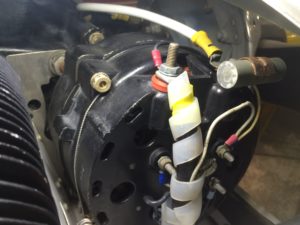






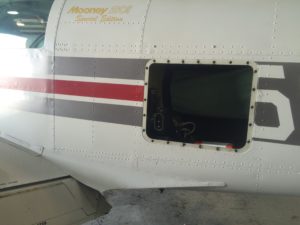


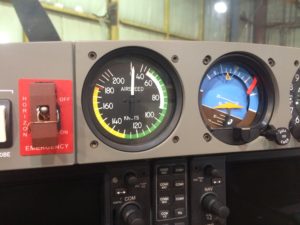

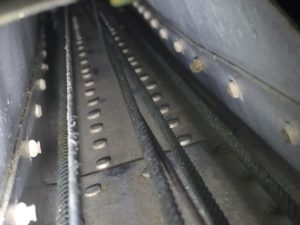

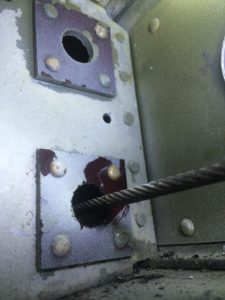
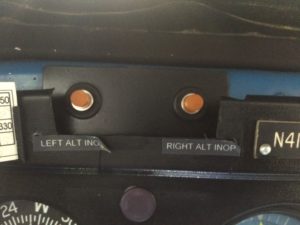



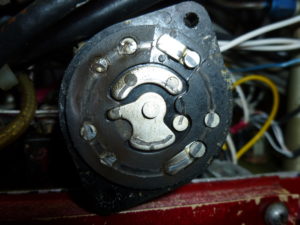
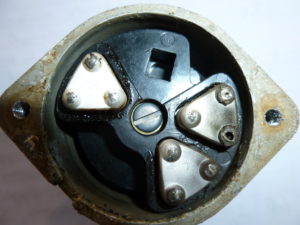


Recent Comments